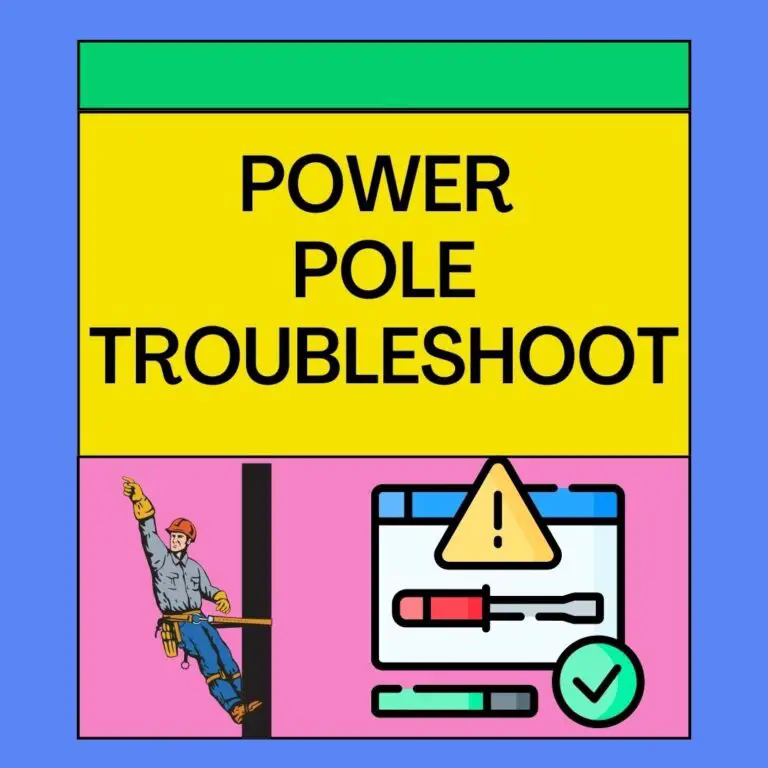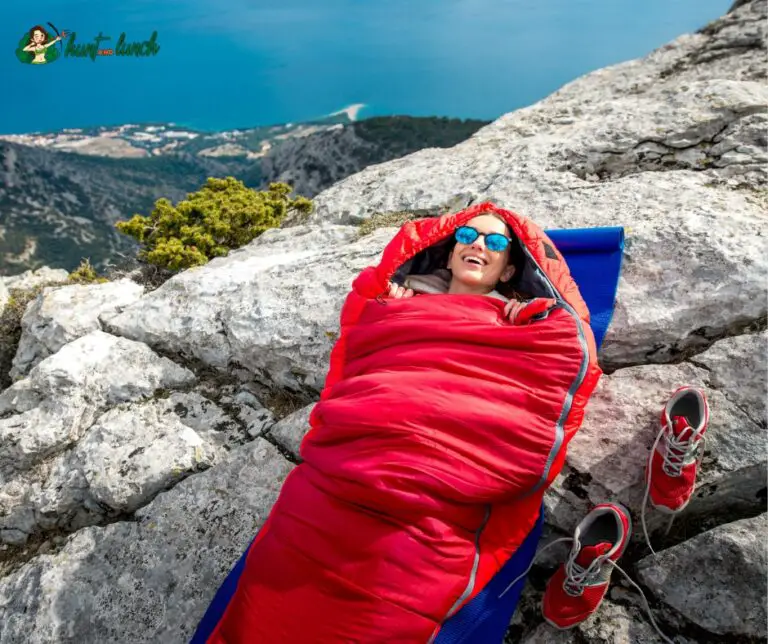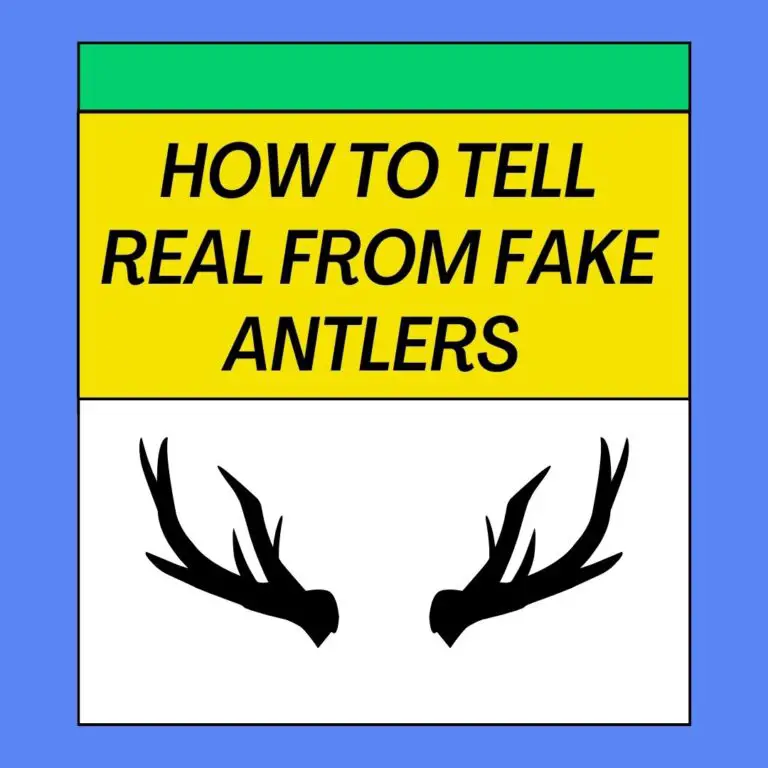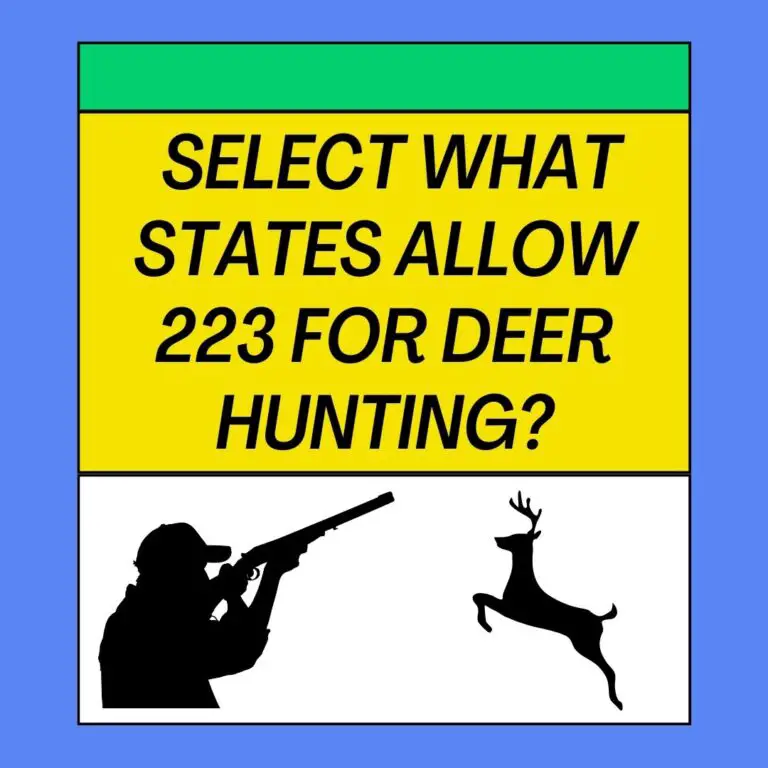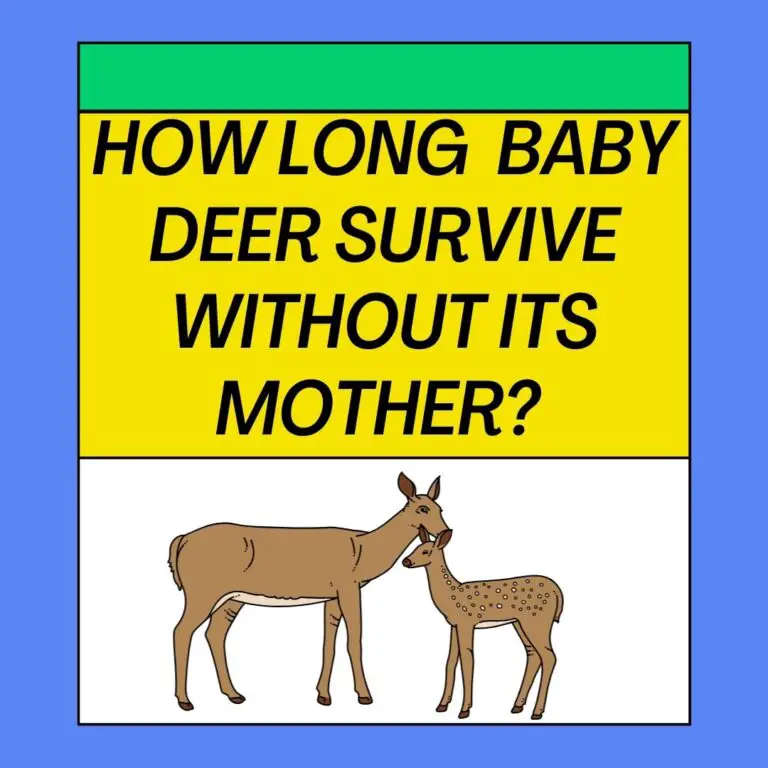
A neck shot on a deer can be lethal if it is well-placed and hits vital structures, but it is generally not recommended as a primary target for several reasons:
1. Small Target Area: The neck area of a deer is a relatively small target compared to the vital organs located in the chest cavity. It can be challenging to hit accurately, especially in field conditions.
2. High Risk of Missing: Attempting a neck shot increases the risk of missing the target altogether, which can result in a wounded and unrecovered deer. This is not ethical and can lead to unnecessary suffering for the animal.
3. Spinal Cord or Jugular Vein Damage: If a neck shot does hit its mark, it may damage the spinal cord or jugular vein, leading to a quick death. However, if the shot placement is slightly off, it can result in non-fatal injuries, causing suffering for the deer.
4. Risk of Head-Only Wounding: In some cases, a neck shot may only wound the head or neck, causing extreme suffering without delivering a quick and humane kill.
5. Unpredictable Deer Movement: Deer can move suddenly, especially when startled or alerted to a potential threat. Attempting a neck shot on a moving deer is highly risky and likely to result in a miss or poor shot placement.
For ethical and humane deer hunting, experienced hunters generally aim for the vital organs in the chest area, specifically the heart and lungs. This broad area provides a larger target and offers a better chance of a quick and humane kill. Proper shot placement ensures that the deer expires swiftly and minimizes any suffering.
It’s essential for hunters to be well-trained, practice marksmanship, and understand deer anatomy to make ethical and effective shots. Ethical hunting practices prioritize a clean and humane kill, and hunters should always strive to achieve this goal while hunting deer or any other game.
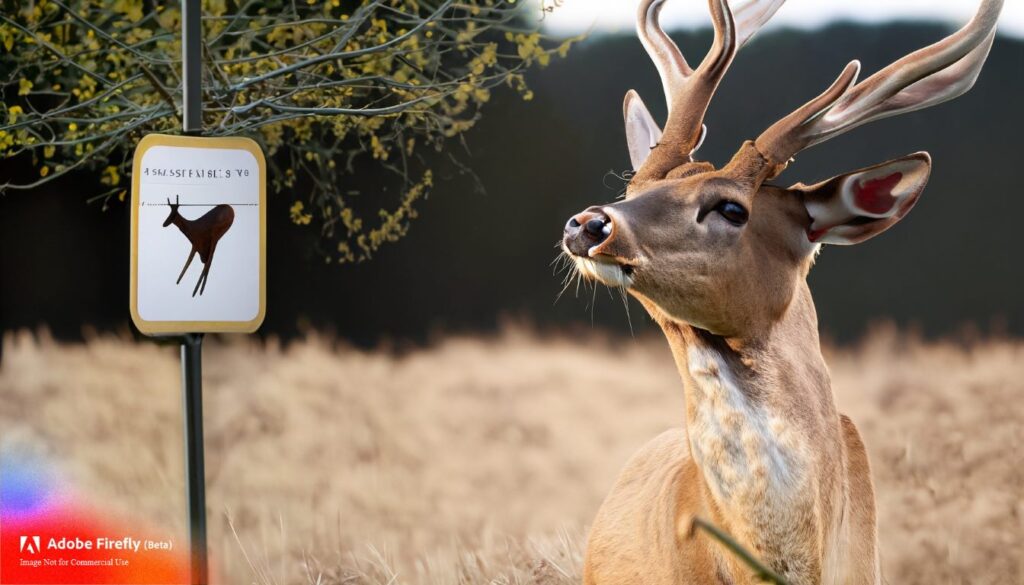
Deer Shot Placement Chart And Guide
Aiming for the correct shot placement is crucial for ethical and effective deer hunting. Here’s a guide and chart to help you understand the ideal shot placements on a deer:
1. Heart-Lung Shot:
- Location: The ideal heart-lung shot is placed behind the deer’s shoulder, aiming for the vital organs (heart and lungs).
- Effectiveness: This shot placement is highly effective and humane, as it ensures rapid incapacitation and a quick, ethical kill.
- Result: The deer usually drops within a short distance after being hit.
2. Double-Lung Shot:
- Location: Similar to the heart-lung shot, aim behind the shoulder, targeting both lungs.
- Effectiveness: This shot placement is also highly effective, causing rapid blood loss and reducing the chance of tracking a wounded deer.
- Result: The deer typically runs a short distance before collapsing.
3. Broadside Shot:
- Location: Aim for the area just behind the front shoulder, slightly below the midline of the deer.
- Effectiveness: This shot placement ensures that the projectile passes through the heart and/or lungs, resulting in quick incapacitation.
- Result: The deer may run a short distance before succumbing to the shot.
4. Quartering Away Shot:
- Location: Aim for the area behind the shoulder on the side the deer is quartering away from.
- Effectiveness: This shot can be effective, as it allows the projectile to penetrate vital organs and exit on the opposite side.
- Result: The deer may travel a short distance before expiring.
5. High Shoulder Shot:
- Location: Target the upper part of the shoulder, just below the spine.
- Effectiveness: This shot can be effective, as it may break the spine or incapacitate the deer by damaging the nervous system.
- Result: The deer may drop in its tracks if the spine is hit, or it may run a short distance if the shot damages the shoulder.
6. Head Shot (Not Recommended):
- Location: Aim for the base of the skull, just below the ear.
- Effectiveness: While a head shot can be instantly fatal if well-placed, it is a risky shot due to the small target area and the potential for missing or injuring the deer without a quick kill.
- Result: If the shot is accurate, the deer may drop immediately. If not, it can lead to head injuries without a quick kill.
7. Neck Shot (Not Recommended):
- Location: Aim for the base of the neck, just behind the head.
- Effectiveness: A neck shot can be effective if it damages the spinal cord or jugular vein. However, it is a risky shot due to the small target area and potential for wounding without a quick kill.
- Result: If accurate, it may lead to a quick kill. Otherwise, it can cause severe suffering without immediate incapacitation.
Note: While head and neck shots are sometimes mentioned, they are not recommended for ethical hunting due to the small target areas and higher risk of wounding without a quick kill. The heart-lung or double-lung shot is the most reliable and humane choice.
Always prioritize a clean and humane kill when hunting deer, and practice your marksmanship skills to ensure accurate shot placement. Additionally, follow local hunting regulations and guidelines regarding permissible shot placements and firearm usage.
12 Unethical Shots You Shouldn’t Take On Deer
When hunting deer or any other game, ethical hunting practices are essential to ensure a quick, humane kill and to minimize unnecessary suffering. Here are 12 unethical shots you should avoid taking on deer:
1. Running Shots:
- Firing at a deer while it is in full sprint is unethical and increases the risk of wounding without a quick kill. Wait for a clear, steady shot.
2. Long-Distance Shots:
- Taking extremely long shots beyond your effective range increases the chance of wounding without a quick, ethical kill. Get closer for a higher probability of success.
3. Head Shots:
- Targeting the head of a deer is not recommended due to the small target area and risk of wounding without immediate incapacitation. Aim for vital organs instead.
4. Neck Shots:
- Neck shots are risky because of the small target area and potential for wounding without a quick kill. Aim for the heart-lung region for a more ethical shot.
5. Leg or Foot Shots:
- Shooting at a deer’s legs or feet is inhumane and can result in severe injury without a quick kill. Avoid these shots entirely.
6. Spine Shots (Unless Highly Skilled):
- Shots aimed at the spine are only ethical if you are highly skilled and confident in your accuracy. An inaccurate shot can lead to paralysis and suffering.
7. Rear-End Shots:
- Shooting at a deer’s rear end is unethical as it may not hit vital organs and can result in injury without a quick, humane kill.
8. Through-and-Through Shots:
- Avoid shots that may result in a bullet passing through the deer and potentially injuring another animal or damaging property. Always consider your backstop.
9. Head-On Shots:
- Shooting a deer head-on increases the risk of bullets deflecting off bone and failing to reach vital organs. Wait for a broadside or quartering shot.
10. Shooting Through Thick Brush: – Avoid taking shots through thick brush, as branches can deflect bullets, leading to inaccurate shots and potential wounding without a quick kill.
11. Shooting at Night Without Proper Illumination: – Hunting deer at night without adequate illumination is dangerous, unethical, and often illegal. Always ensure proper visibility when hunting.
12. Shots at Unidentified Targets: – Never shoot at a target unless you are certain it is a legal and ethical shot. Mis-identification can result in injury or death to non-target species.
Ethical hunting practices prioritize a quick, humane kill and responsible use of firearms or archery equipment. Hunters should practice marksmanship, respect wildlife, and adhere to local hunting regulations to ensure the ethical and sustainable pursuit of game animals like deer.
Best Shot Placement Options For Whitetail And Mule Deer
The best shot placement options for whitetail and mule deer are similar, as both species have vital organs in similar locations. Achieving proper shot placement is essential for a quick and humane kill while minimizing suffering. Here are the recommended shot placement options:
1. Heart-Lung Shot:
- Location: Aim for the area behind the shoulder, just behind the front leg and approximately one-third of the way up from the brisket (chest). The shot should target the vital organs, including the heart and lungs.
- Effectiveness: This shot placement is highly effective, as it ensures rapid incapacitation due to the damage to the vital organs. It minimizes tracking and suffering for the deer.
- Result: The deer typically drops within a short distance after being hit.
2. Double-Lung Shot:
- Location: Similar to the heart-lung shot, aim for the area behind the shoulder, targeting both lungs.
- Effectiveness: This shot placement is also highly effective, causing rapid blood loss and reduced chances of tracking a wounded deer.
- Result: The deer usually runs a short distance before collapsing.
3. Broadside Shot:
- Location: Aim for the area behind the shoulder, slightly below the midline of the deer’s body.
- Effectiveness: This shot placement ensures that the projectile passes through the heart and/or lungs, resulting in quick incapacitation.
- Result: The deer may run a short distance before succumbing to the shot.
4. Quartering Away Shot:
- Location: Aim for the area behind the shoulder on the side the deer is quartering away from. This shot allows for the projectile to penetrate vital organs and exit on the opposite side.
- Effectiveness: This shot can be effective, causing rapid blood loss and incapacitation.
- Result: The deer may travel a short distance before expiring.
It’s essential to prioritize a clean and humane kill when hunting deer, regardless of the species. Practice your marksmanship skills to ensure accurate shot placement and minimize the chances of wounding without a quick kill. Additionally, always follow local hunting regulations and guidelines regarding permissible shot placements and firearm usage for ethical and sustainable hunting.
Will Deer Come Back After Killing One?
Whether deer will come back to an area after one has been killed depends on several factors, including the availability of resources, hunting pressure, and the specific circumstances surrounding the deer’s death. Here are some considerations:
1. Availability of Resources: Deer are highly adaptable and will return to areas where they find an abundant supply of food, water, and suitable cover. If the area continues to provide these resources, other deer may eventually replace the one that was killed.
2. Season and Behavior: Deer behavior varies with the seasons. During the hunting season, deer may become more nocturnal and cautious due to increased hunting pressure. After the hunting season ends and if resources are still available, they may return to more regular patterns of movement.
3. Hunting Pressure: The level of hunting pressure in an area can significantly impact deer behavior. If hunting pressure is consistently high, deer may become more skittish and may alter their home ranges or patterns to avoid hunters.
4. Herd Dynamics: The presence of other deer in the area can influence whether deer return after one has been killed. If the area is within the home range of a social group or herd, other deer from the same group may continue to use it.
5. Habitat Quality: The overall quality of the habitat can affect deer movements. High-quality habitat with diverse forage and cover options is more likely to attract and retain deer.
6. Time of Day: Deer are more likely to return to an area during periods of lower human activity, such as dawn and dusk. If a deer is killed during the day, others may still visit the area during low-light hours.
7. Scents and Attractants: The use of deer attractants, scents, or food plots can encourage deer to return to an area, even if one has been harvested.
Why do high shoulder and neck shots drop a deer?
High shoulder and neck shots on deer can result in the deer dropping quickly due to their impact on vital structures and the nervous system. Here’s why these shots are effective in dropping deer:
High Shoulder Shot:
- When a high shoulder shot is accurately placed, the projectile (bullet or arrow) impacts the upper part of the shoulder, just below the spine.
- The shock and energy from the shot can damage the spinal cord and disrupt the nervous system, causing immediate loss of coordination and muscle function.
- The deer’s legs may give out, causing it to drop to the ground due to the sudden loss of mobility.
- This shot placement is often considered ethical when executed accurately, as it results in a quick and humane kill.
Neck Shot:
- A neck shot aims for the base of the neck, just behind the head.
- If the shot is well-placed, it can damage the spinal cord or jugular vein.
- Damage to the spinal cord disrupts the nervous system, leading to immediate loss of mobility and coordination.
- Damage to the jugular vein can cause rapid blood loss, leading to unconsciousness and a quick kill.
- A well-placed neck shot can result in the deer dropping in its tracks.
summary
It’s important to note that both high shoulder and neck shots are considered high-risk shots due to the small target area. An inaccurate shot can lead to wounding without a quick kill, causing unnecessary suffering for the deer. For ethical and responsible hunting, hunters are encouraged to aim for larger target areas like the heart-lung region, which offer a higher likelihood of quick and humane kills while minimizing the risk of wounding. Additionally, hunters should practice their marksmanship skills to ensure accurate shot placement.
Some related FAQs on deer hunting and shot placement:
1. What is the most ethical shot placement for deer hunting?
- The most ethical shot placement for deer hunting is the heart-lung shot, which targets the area behind the shoulder, aiming for the vital organs (heart and lungs). This shot ensures a quick and humane kill.
2. Are high shoulder and neck shots always effective for dropping deer?
- While high shoulder and neck shots can be effective if accurately placed, they are considered high-risk shots due to the small target area. An inaccurate shot can result in wounding without a quick kill, leading to suffering for the deer.
3. Should I attempt a high shoulder or neck shot if I’m not confident in my marksmanship skills?
- It is not recommended to attempt high shoulder or neck shots unless you are highly skilled and confident in your accuracy. Ethical hunting practices prioritize clean and humane kills, so it’s best to aim for larger target areas like the heart-lung region if you have any doubts about shot placement.
4. What are some common shot placement mistakes to avoid when hunting deer?
- Common shot placement mistakes to avoid include shooting at running deer, taking excessively long shots, and targeting non-vital areas like the legs, rear end, or head.
5. How can I improve my marksmanship for deer hunting?
- To improve marksmanship, practice regularly at the shooting range, familiarize yourself with your firearm or bow, and consider taking hunter education and firearms safety courses. Additionally, learn about deer anatomy to better understand ideal shot placement.
6. What is the best caliber for deer hunting?
- The choice of caliber for deer hunting can vary depending on personal preference and local regulations. Popular calibers for deer hunting include .243, .270, .30-06, and .308, among others. Choose a caliber that you are comfortable and accurate with and that meets local hunting regulations.
7. What should I do if I make a poor shot on a deer?
- If you make a poor shot, wait patiently for some time to allow the deer to bed down and expire. Follow the blood trail carefully to locate the wounded deer. It’s essential to make every effort to recover the animal to minimize suffering.
These FAQs should provide you with additional information on deer hunting and shot placement. Always prioritize ethical and responsible hunting practices to ensure the welfare of both the hunter and the deer.

